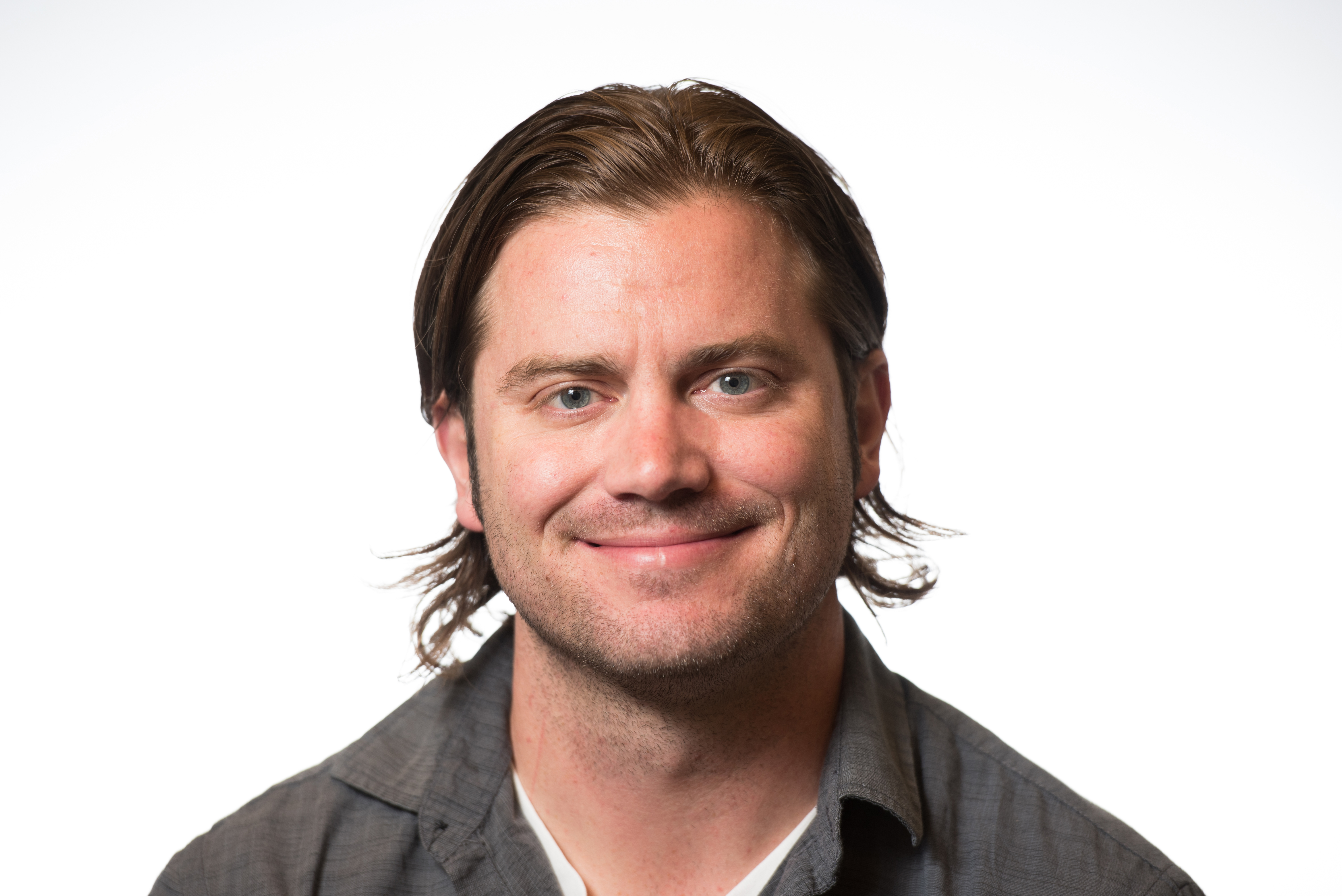Christopher Anderton, PhD, Pacific Northwest National Laboratory
Development of Mass Spectrometry Imaging Approaches for Spatial Metabolomics
The Department of Chemistry Presents: Dr. Christopher Anderton, Pacific Northwest National Laboratory
Biological tissues and environmental microbiomes represent a complex mixture of interacting cells with diverse physiologies and functional capacities. Little is known about the molecular niches within tissues or the exchanges that occur within multi-kingdom systems, since measuring the composition within single cells and cell clusters is a major technical challenge. Spatially resolved mass spectrometry and mass spectrometry imaging (MSI) techniques have the ability to elucidate the distribution and location of molecules in an in situ fashion. My team has developed novel MSI instrumentation and methods to explore and map the metabolome and more in human and plant tissues, as well as environmental microbiomes. These technologies have helped us reveal metabolic processes responsible from a range of areas including disease progression to molecular changes that regulate global biogeochemical cycles.
BIO
Dr. Chris Anderton is the team leader for the Biogeochemical Transformations team in Pacific Northwest National Laboratory's (PNNL) Environmental Molecular Sciences Division and the Environmental Molecular Sciences Laboratory (EMSL) user program. He has an extensive background in elucidating chemical interactions occurring across all kingdoms of life, including those within soils and the rhizosphere. Through his graduate endeavors to his recent position, he focuses on the power of multimodal imaging methods to expand the type of information gained from samples. For his graduate work and postdoc at National Institute of Standards and Technology, he used atomic force microscopy, scanning electron microscopy, and secondary ion mass spectrometry to understand the physicochemical properties of biological samples. At PNNL, his focus has been, in part, on expanding the mass spectrometry imaging capability within EMSL—making these valuable tools for analyzing bacteria communities, rhizosphere-related systems, and even human health-related processes. He also focuses on visualizing the key mechanisms that drive interkingdom interactions within soil to understand the key drivers that lead to resiliency in the face of a changing environment.

